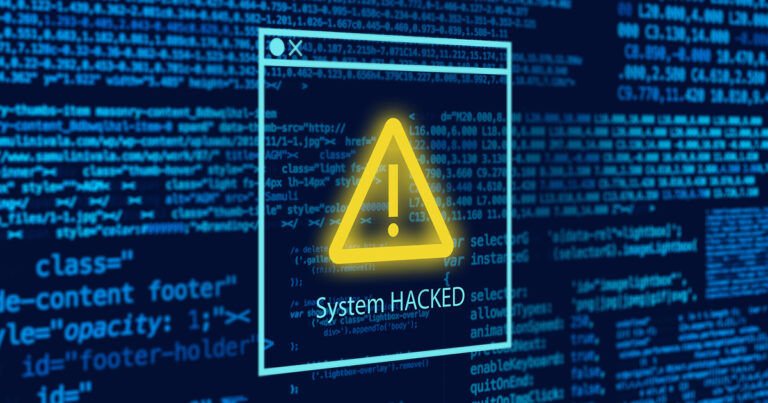Without cybersecurity being a priority, businesses leave themselves open to intrusive hacking and internet scams. Implementing security protocols and cybersecurity training are essential pieces in employee onboarding and ongoing education. While cybersecurity certifications are required for federal agencies, any business can benefit from improved awareness. Organizations looking to adopt cybersecurity training or build upon an existing program should start by learning these basics.
What Is Cybersecurity Awareness Training?
Cybersecurity awareness training is an educational program that teaches employees how to spot suspicious activity and how to safely use network devices, reducing a business’s exposure to hacking, phishing and other cyberattacks. This training could include online tutorials, in-person lessons or seminars led by trained security professionals. Because employees’ cybersecurity awareness training is a combination of general instruction, like recognizing common types of business malware, and specific company policies and protocols, the IT team is an essential resource for teaching prevention and reporting methods.
Why Is Cybersecurity Awareness Training Important?
Most cybercrimes result from human errors, so training employees on cybersecurity methods and reporting is necessary for preventing costly, damaging incidents. When staff quickly recognize the signs of cyberattacks, companies can swiftly counter, mitigate or block malicious actors from gaining access to the company’s systems.
Cybersecurity Employee Training Topics
A company’s cybersecurity awareness training should include education and coaching on the following topics:
- Password Policies
- Device Security
- Network and Data Security
- Scam Prevention and Internet Safety
While each training program can be customized by the IT team or security advisers, the lists below provide companies the basic points to address when getting started with cybersecurity awareness training.
Password Policies
Employee onboarding likely touches on password policies, but it never hurts to reiterate company protocols. Password security is something all employees can master, whether they are new hires or long-time employees. Companies should provide frequent training on password security to make habits of these best practices:
- Choose complex passwords
- Utilize password management tools
- Set up multi-factor authentication
Device Security
While most think of device security in reference to hacking or network breaches, physical security should not be ignored. Stolen or lost laptops, tablets and smartphones are gateways to a company’s data and networks. Awareness training for device safety should include these topics:
- Enforcement of work accounts
- Bring Your Own Device (BYOD) policies
- Proper protective storage
- The importance of security updates and patches
- Methods to reduce the risk of device theft or loss
- Steps to recover lost or stolen devices or mitigate cyberattacks
Network and Data Security
Cybersecurity awareness training must include best practices for data handling to keep information confidential and uncompromised. Even though businesses deploy cybersecurity protection through firewalls and other access controls, employees must be trained to do their part. Companies can prevent gaps in network and data security by including these topics in awareness training:
- How to use a Virtual Private Network (VPN) for remote work
- Confidentiality agreements and regulations
- Safe methods for data transfers and file sharing
- Company policies for data retention and deletion
Scam Prevention and Internet Safety
Combating phishing, fake email ploys and social engineering scams requires appropriate technology and educated employees. The effects of a cyberattack, such as ransomware, include lost revenue and a blemished reputation. Instruction should address scam prevention to identify threats and best practices to stay safe online, including:
- Common tactics scammers use to infiltrate networks and devices
- How to spot signs of malware (pop-ups, abnormal operation, new applications, etc.)
- The benefits of signing onto secure business Wi-Fi
- How to adjust privacy settings on browsers
- The dangers of content sharing on social media applications
- Consequences of opening malicious links in emails or online
- Incident response procedures
Tips for Effective Cybersecurity Awareness Training
- The best cybersecurity training platform is not the same for every business, so management should consult IT or other security professionals to find a solution based on the industry and size of the workforce.
- With free online courses offered by trusted IT professionals and government agencies, businesses can provide refreshers between formal instruction or to facilitate testing.
- Employees should attend cybersecurity awareness training periodically to strengthen retention and account for any new trends in cybercrime or changes in company policies.
- To train employees on cybersecurity effectively, companies should use diverse instruction methods, including reading materials, online tutorials and programs and company-wide seminars.
- For industries in which training is required by law, businesses should consult legal requirements and document course completion to meet compliance standards.
Employees cannot prevent cyberattacks alone, but a business that invests in managed security and education has a head start on preventing security breaches. Visit ftc.net/business today to find the right IT solutions for any business.




